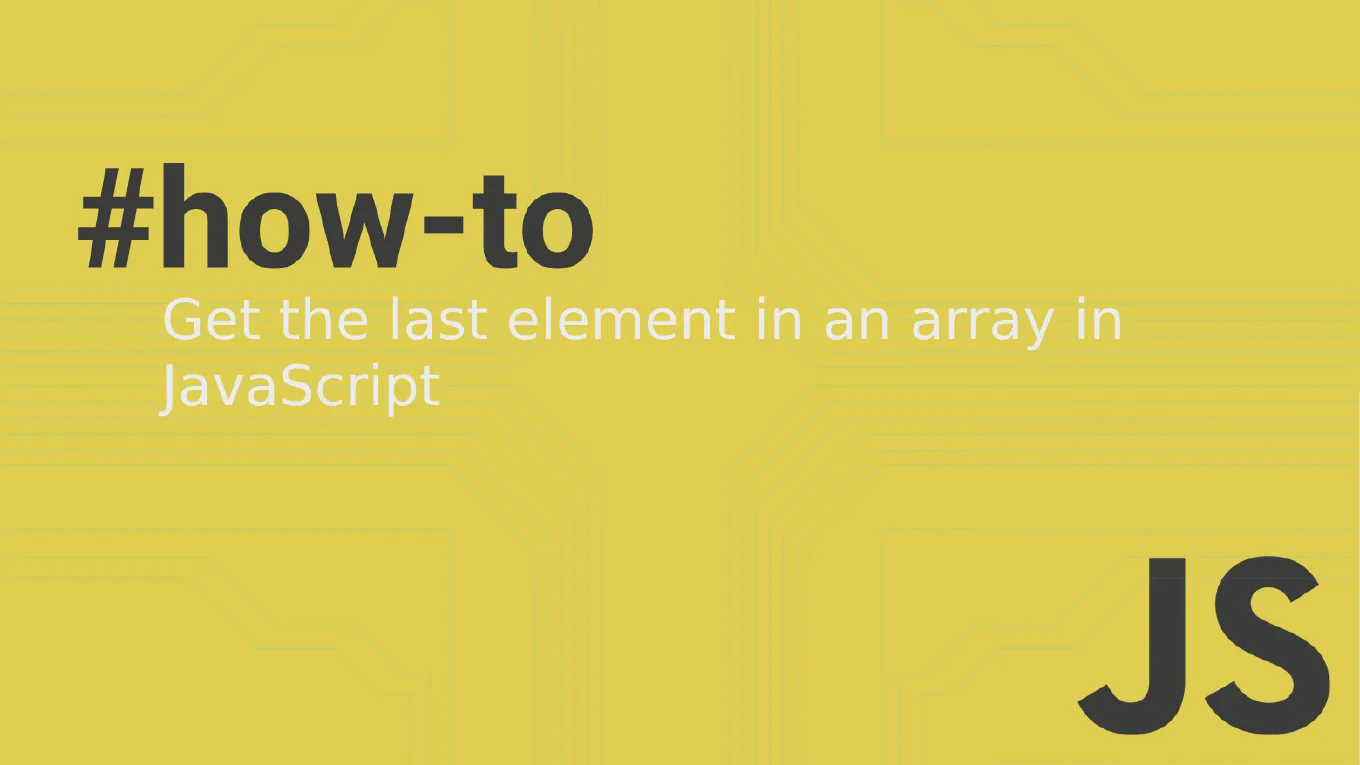How to use modules in Vuex
Vuex modules enable organizing large stores into separate, manageable modules with their own state, mutations, actions, and getters for scalable Vue applications. As the creator of CoreUI with over 25 years of development experience, I use Vuex modules extensively for building maintainable, enterprise-scale applications. The most effective approach is creating separate module files with namespaced modules to avoid naming conflicts and improve code organization. This provides clean separation of concerns and makes large applications easier to maintain and debug.
How to define actions in Vuex
Vuex actions handle asynchronous operations and complex business logic before committing mutations to change application state in Vue applications. With over 25 years of experience building complex applications and as the creator of CoreUI, I use Vuex actions extensively for API calls and async operations. The most effective approach is defining actions as functions that receive a context object with commit, dispatch, and state properties. This provides a clean separation between async operations and state mutations while maintaining predictable data flow.
How to define mutations in Vuex
Vuex mutations are the only way to change store state in Vue applications, providing predictable state updates with proper debugging and time-travel capabilities. As the creator of CoreUI with over 25 years of development experience, I use mutations extensively for reliable state management across enterprise applications. The most effective approach is defining mutations as synchronous functions that receive state and payload parameters for direct state modification. This ensures traceable, debuggable state changes that work seamlessly with Vue DevTools and maintain application predictability.
How to define getters in Vuex
Vuex getters provide computed properties for your store state, enabling derived data calculation with automatic caching and reactive updates. With over 25 years of experience building complex applications and as the creator of CoreUI, I use Vuex getters extensively for data transformation and filtering. The most effective approach is defining getters as functions that receive state as the first argument and return computed values. This ensures efficient data derivation with automatic dependency tracking and caching for optimal performance.
How to define state in Vuex
Defining proper state structure in Vuex is fundamental for building scalable Vue applications with predictable data flow and optimal reactivity. As the creator of CoreUI with over 25 years of development experience, I’ve structured state for countless enterprise applications using clear, normalized patterns. The most effective approach is defining state as a function that returns an object with properly typed initial values. This ensures consistent data structure and prevents issues with state mutations and component reactivity.
How to use Vuex store
Vuex provides centralized state management for Vue applications, enabling predictable data flow and shared state across multiple components. With over 25 years of experience building complex applications and as the creator of CoreUI, I’ve used Vuex extensively for managing application-wide state. The most effective approach is creating a centralized store with clearly defined state, mutations, and actions for data management. This ensures consistent data handling and makes debugging and testing significantly easier.
How to handle 404 pages in Vue Router
Handling 404 errors gracefully is crucial for user experience and SEO when users visit non-existent routes in Vue applications. As the creator of CoreUI with over 25 years of web development experience, I’ve implemented robust error handling across numerous production applications. The most effective solution is using Vue Router’s catch-all route pattern with a dedicated 404 component. This ensures users receive helpful feedback instead of blank pages when navigating to invalid URLs.
How to redirect routes in Vue
Route redirects are essential for managing user navigation, handling legacy URLs, and controlling application flow in Vue applications. With over 25 years of experience in web development and as the creator of CoreUI, I’ve implemented redirect logic in countless enterprise applications. The most effective approach is using Vue Router’s built-in redirect property in route configurations for declarative redirects. This provides clean, maintainable redirect logic that works seamlessly with Vue’s routing system.
How to lazy load routes in Vue
Lazy loading routes in Vue applications significantly improves initial load performance by loading route components only when they’re needed. As the creator of CoreUI, a widely used open-source UI library, I’ve implemented lazy loading in numerous Vue admin dashboards and large-scale applications. From my 25 years of experience in web development and 11 years with Vue, the most effective approach is to use dynamic imports with arrow functions in route definitions. This pattern enables automatic code splitting and optimizes bundle size for better user experience.
How to add route guards in Vue
Route guards provide fine-grained control over navigation in Vue applications, enabling authentication checks, permission validation, and conditional routing logic. As the creator of CoreUI, a widely used open-source UI library, I’ve implemented route guards in numerous Vue admin dashboards and enterprise applications. From my 25 years of experience in web development and 11 years with Vue, the most effective approach is to use Vue Router’s built-in navigation guards with clear authentication and authorization logic. This pattern provides flexible access control and seamless user experience.



